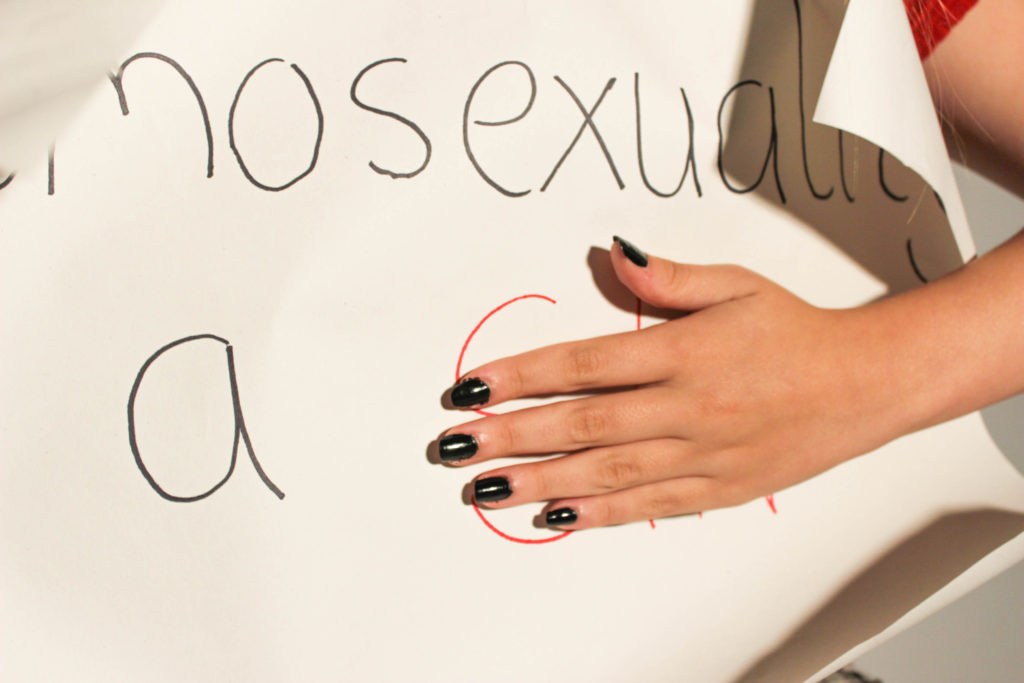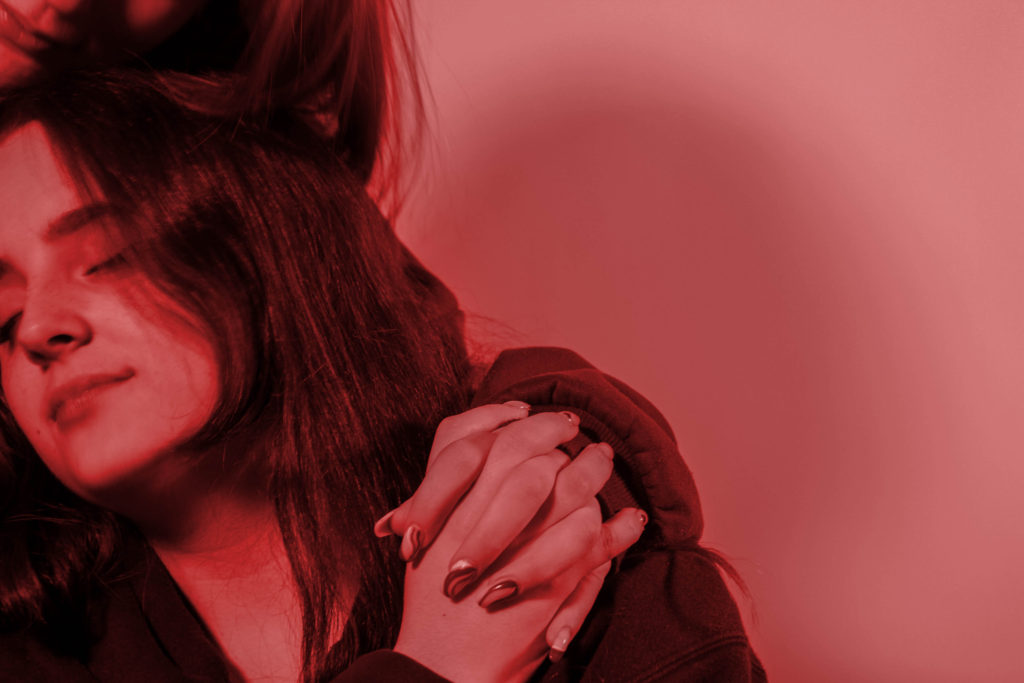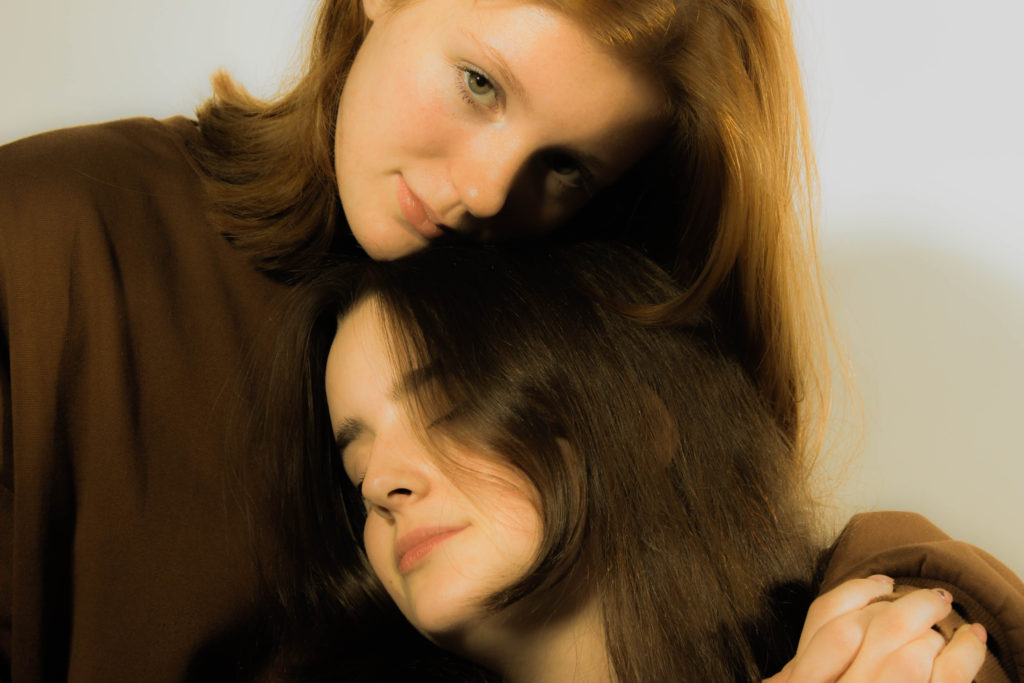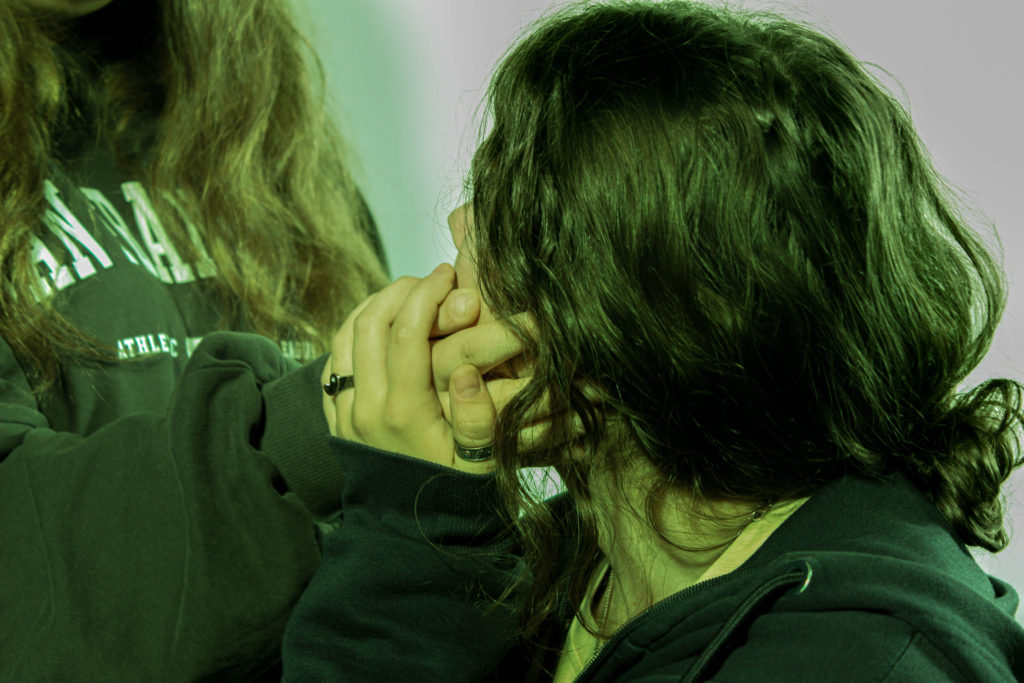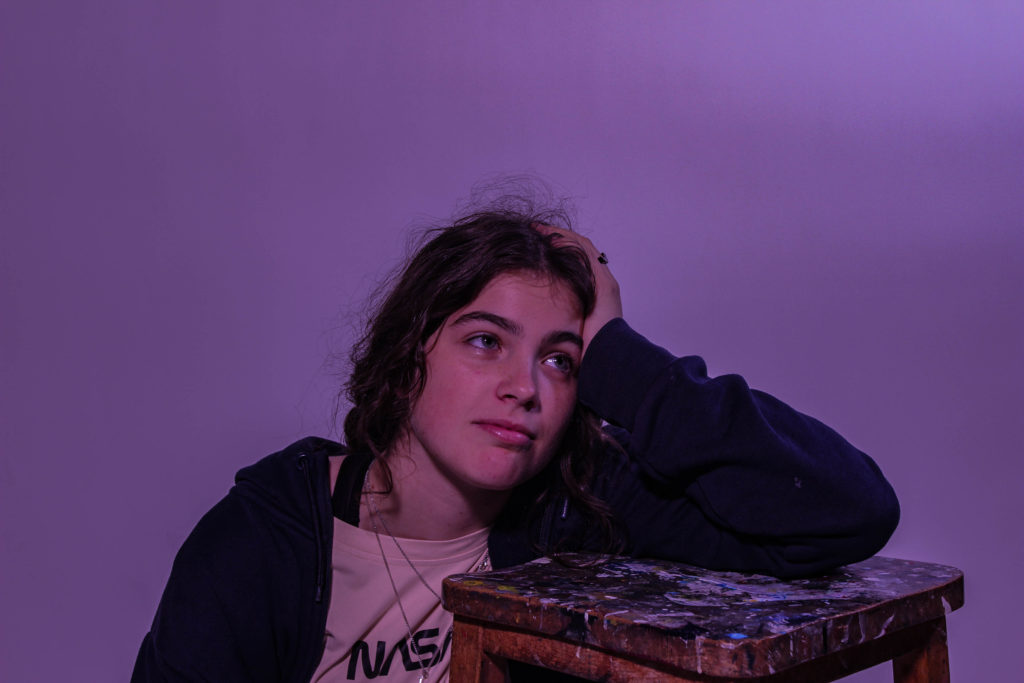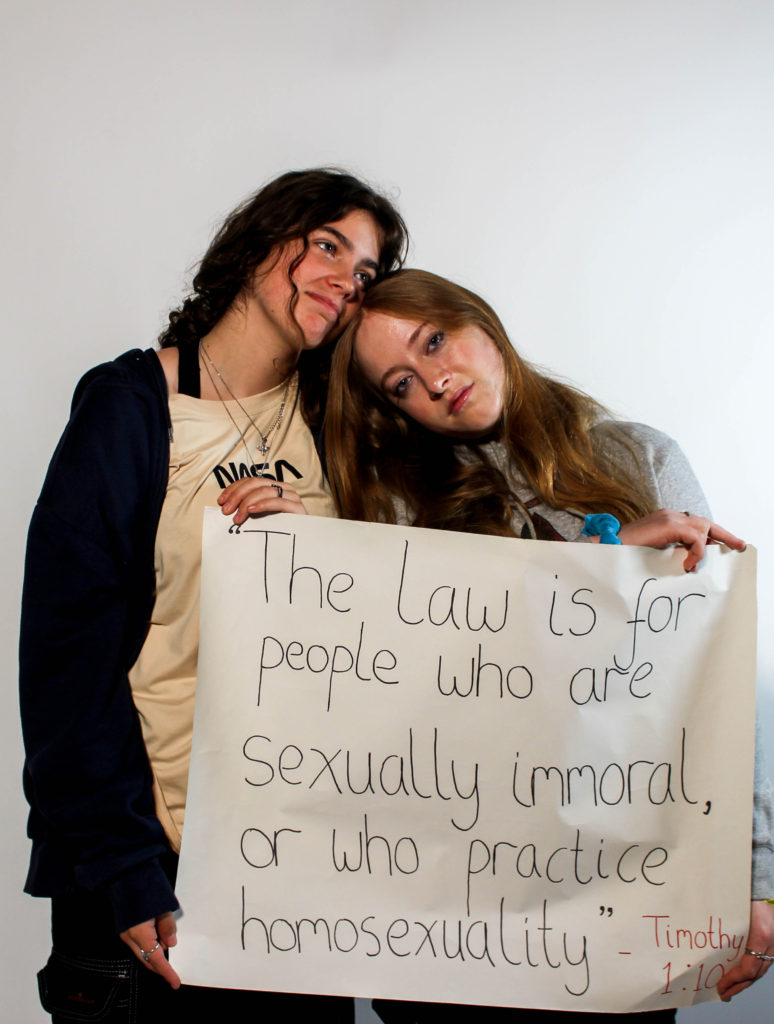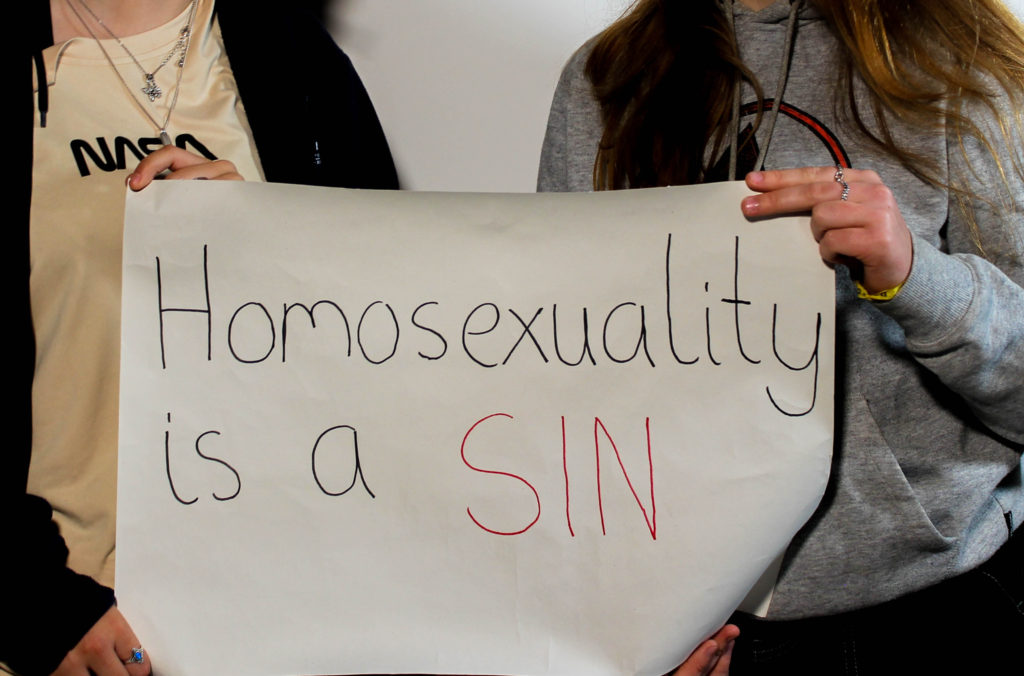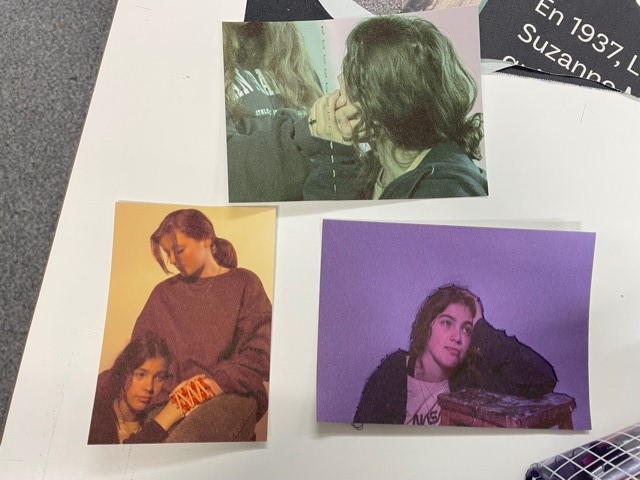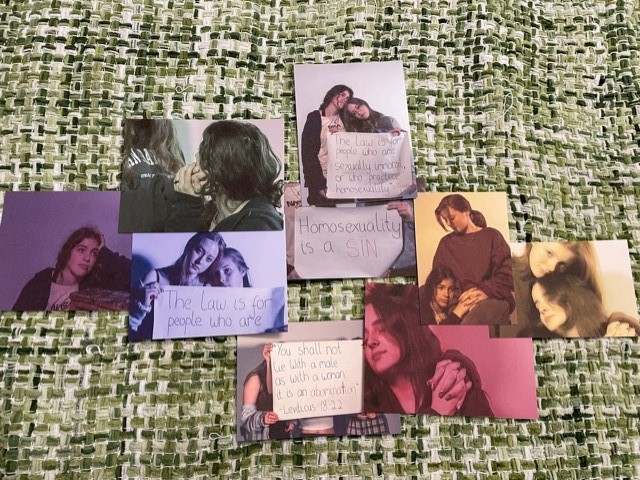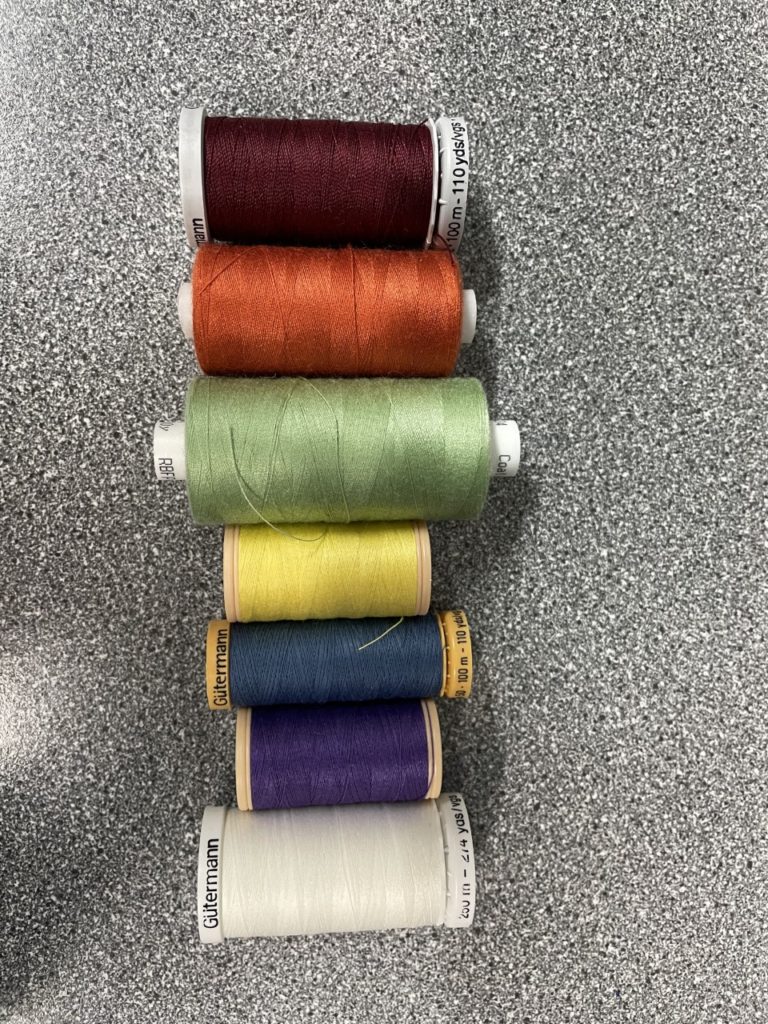Looking back at the progress we have made and the end product we have achieved I am really proud of myself and my group for the effort we have put in and end skills we have acquired. We ended up with a really great film that I genuinely think is a good film and have learnt a lot about NFTs although I am still unsure about their whole concept and the validity of the work as a monetary value. As a team we have worked well together, all contributing work towards our final piece, and I would happily work with this group again. The piece works well within is prompt to create an NFT based on the idea of jersey in the metaverse as we have explored the past to show us why the present looks the way it does as well as its potential to change in the future. If we were to make any changes to our film I would say that it could have been made more interesting if we had played around more with animation and special effects however, considering our limited skill set in that particular area, we could not have done anything else to improve it.
Monthly Archives: November 2021
Filters
Statement
WomanKind
The concept of our NFT film is to explore the three major waves of feminism in the last 100 years and to celebrate the women who have fought for women in the present to have equal rights to men. The name of our film came from a play on words for Mankind, because as a society in general we are referred to in regards to men, by switching the prefix Man to Woman we are making a statement on the power of women collectively. We Capitalised the K in kind as an ironic reference to the stereotype of women as gentle and sweet-tempered as our film commemorates the strong and courageous women who allowed women their rights today.
Creators: Carmen Kirchner, Sophie Mariette, Karina Smith and Olivia Stoten
editing process – adobe premiere pro
Importing files
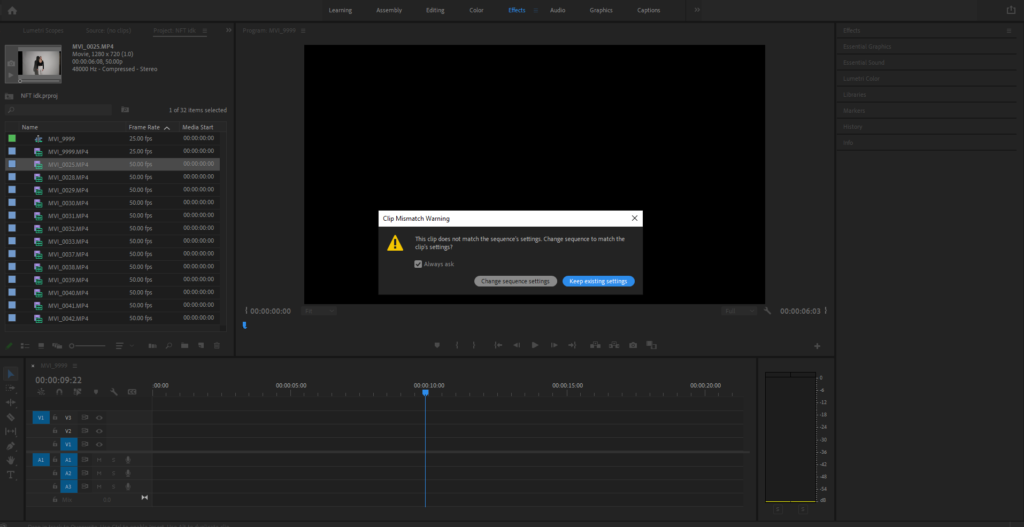
To start, I pressed Ctrl + I to import my videos from my video data and started with my first clip.
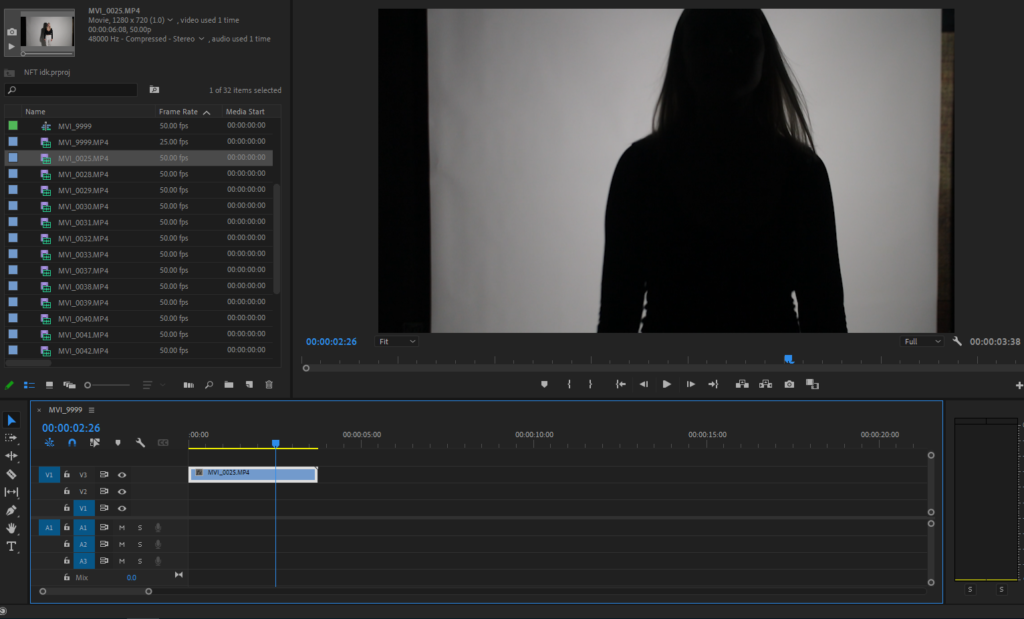
I then cropped the beginning and end off of the clip, leaving me with the part of the video that I needed.
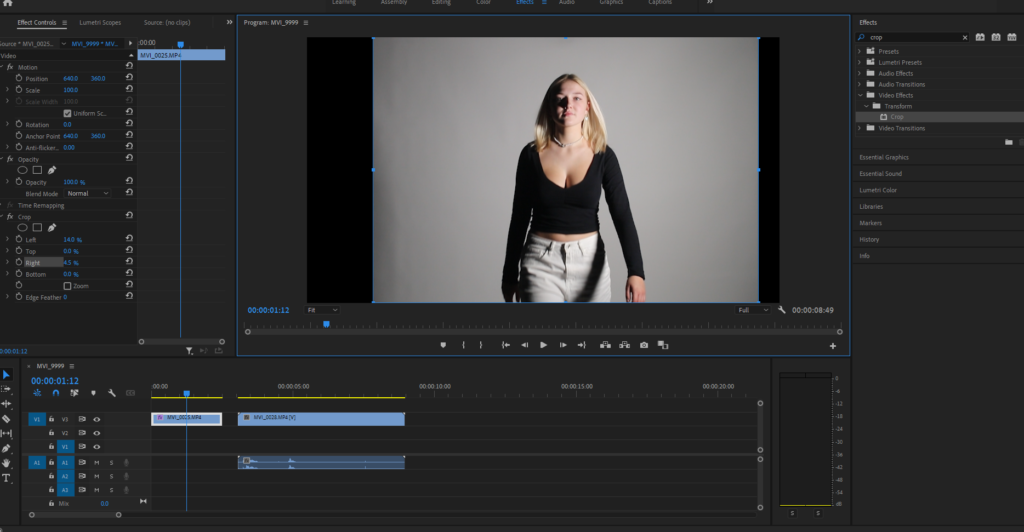
I continued to add each clip to the timeline, cutting and cropping the clips to fit into the animation.
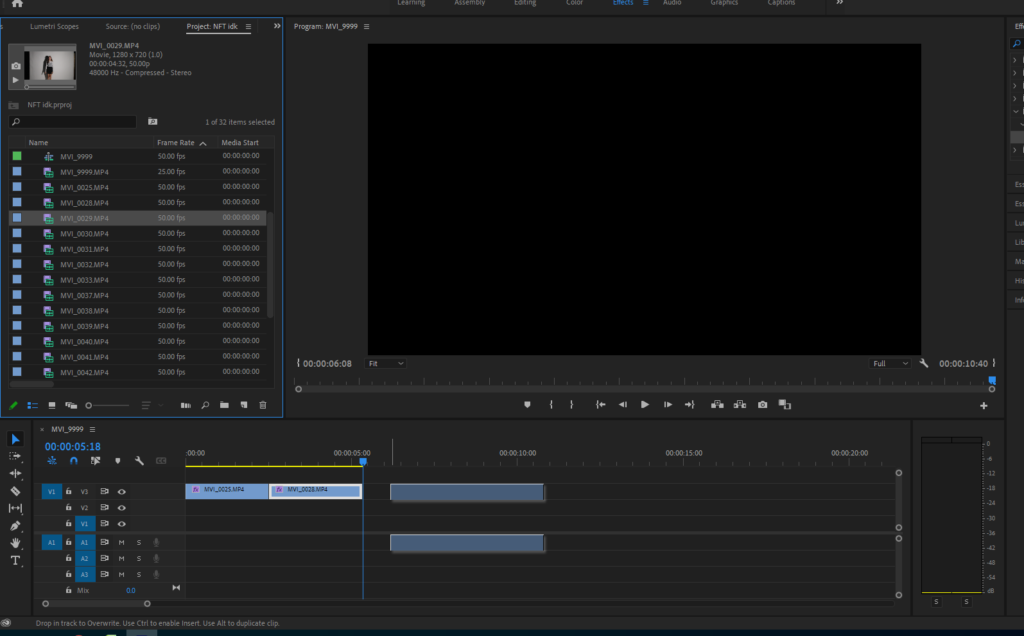
Multiple Clips
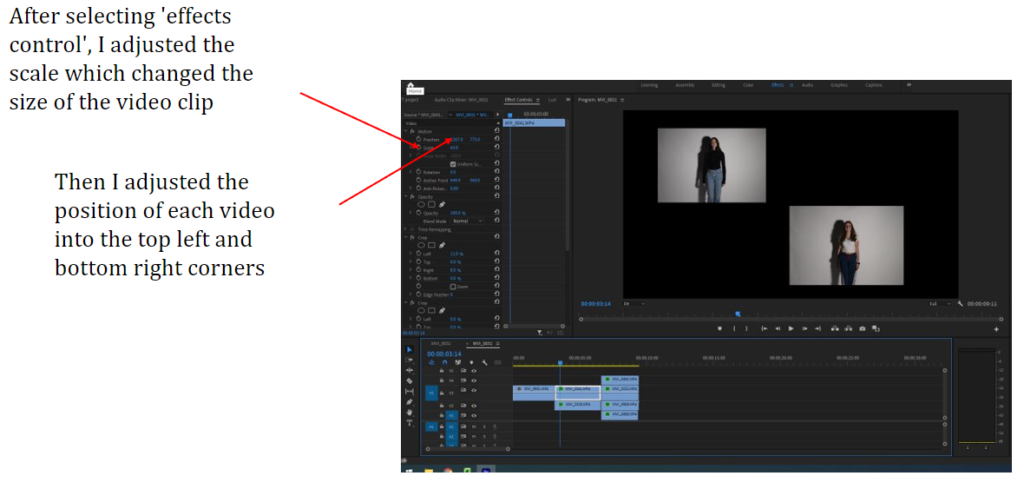
I then repeated this process with another 4 clips, layered on top of one and other so each clip plays at the same time.

Changing Speed
To adjust the speed of a clip, right click and select “speed duration”. Then change the percentage to make the clip faster or slower.
Title


Digital Image

To start off, we imported the images we took into Lightroom and flagged the images we wanted to use for our digital image.



Once we decided on our final 4 images, we began editing them, adjusting the lighting, contrast, exposure and highlights.

For the images with a black background, we had to edit around the shoes to make the whole image black. To do this, we opened the images in Photoshop and used the Clone Stamp tool, selected a black area and drew around the feet.
From this:

To this:

Our Final Digital Image
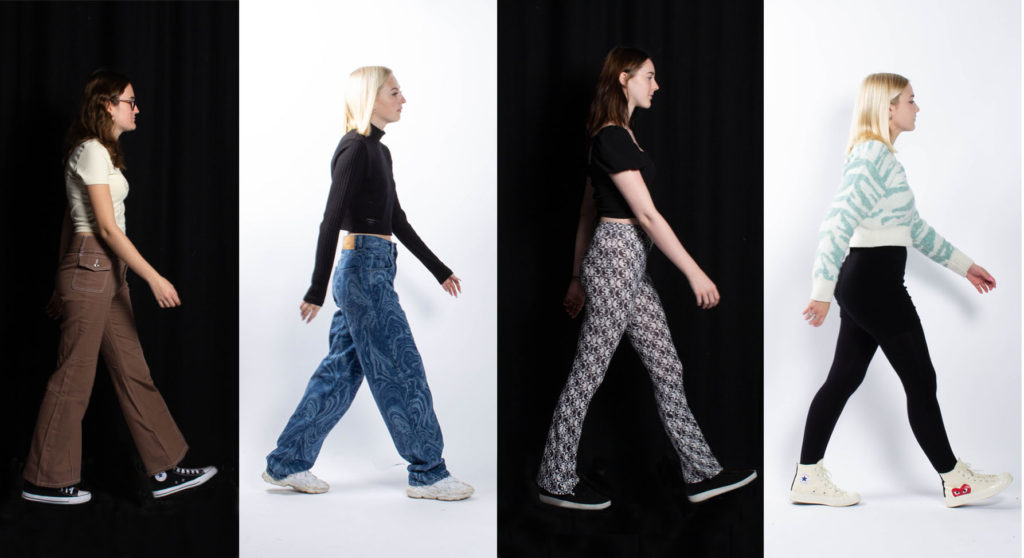
Final NFT
https://web.microsoftstream.com/video/8c3bf225-0b55-436d-9ce7-387214bea506
NFT Digital image
I made the the digital image in photoshop. I used a screen grab from one of the videos of Michael wearing the VR, and the 5 animated scenes all at the same timeframe so the character lines up.

I then added some glitched text effect by using 2 layers behind each text. To make it better I added some blending mode features, such as, emboss and bevel, etc.
I used shapes and clipping layers to add all the images into to insure all the shapes are even.
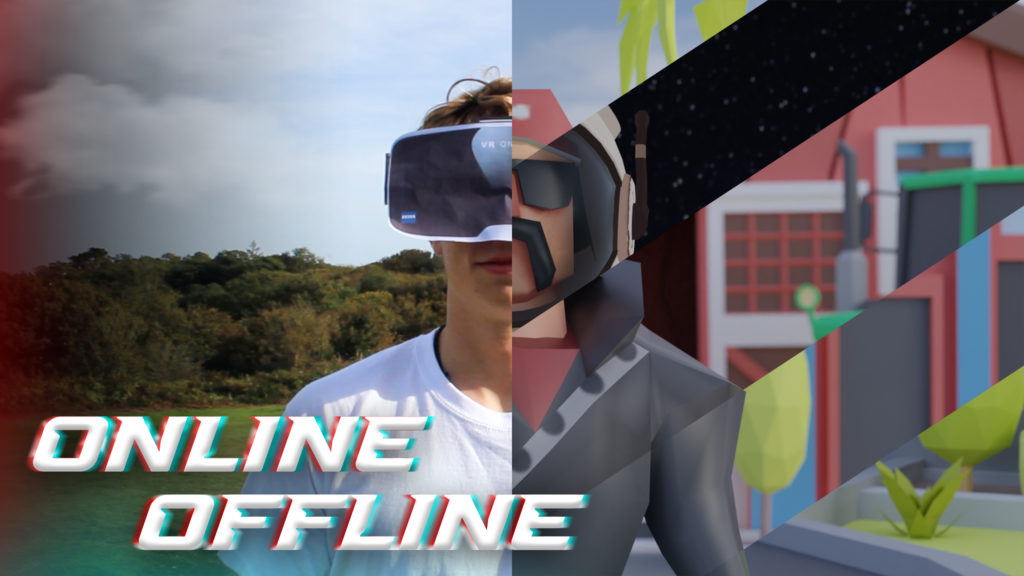
This is the final image which represents the whole NFT film. It shows the most important scene, which is the split scene that includes the animation as the NFT exhibition is called 2lives (online and offline), it shows the real world and the virtual meta verse.
embroidery workshop
For this workshop we took all of the individual pieces of embroidery we have done as a group and placed them together on a big piece of fabric. We sat around the table as a group and decided whether or not we liked the positioning of the individual pieces on the larger piece of fabric. As there wasn’t enough individual pieces to fill up the fabric we had to overlap some and leave some spaces in the fabric. Once we decided that we liked the placement we all chose thread colours that we like and started stitching the pieces onto the fabric.
My Piece

Tapestry
Recording And Editing
We used our storyboard to organise our shoots, to know where/what/when we were going to shoot.
We decided that Michael was going to be Model 1, which would mostly be in the start of the video, and Reuben was Model 2, who was only in the last half of the video. Matt (me) was recording everything, and Ollie was the director and manager.
We had to make a VR headset using a printed off image of a VR headset and then we taped it to some sunglasses.
Shooting
First, we went to a open green area, which we filmed most of our scenes at.
We started off with the main walking headshot video, then we recorded the drone shots of Michael wearing the VR. After I recorded the scene where Michael and Reuben meet in real life and the last scene where they are talking on a bench.
After, we went to record the scene where Reuben takes off the VR headset at a gaming setup.
We couldn’t record a drone shot of a house, as you can’t fly within 50m of houses/property.
Editing
Once we had all the recordings Michael and Reuben started to edit the video on Adobe Premier Pro. They used special effects, such as the loading… visual effect, and static sound effect, etc. They also time-mapped some clips to match the beat of the music.

This shows the half and half effect, with the timeline on the bottom half of the screen.
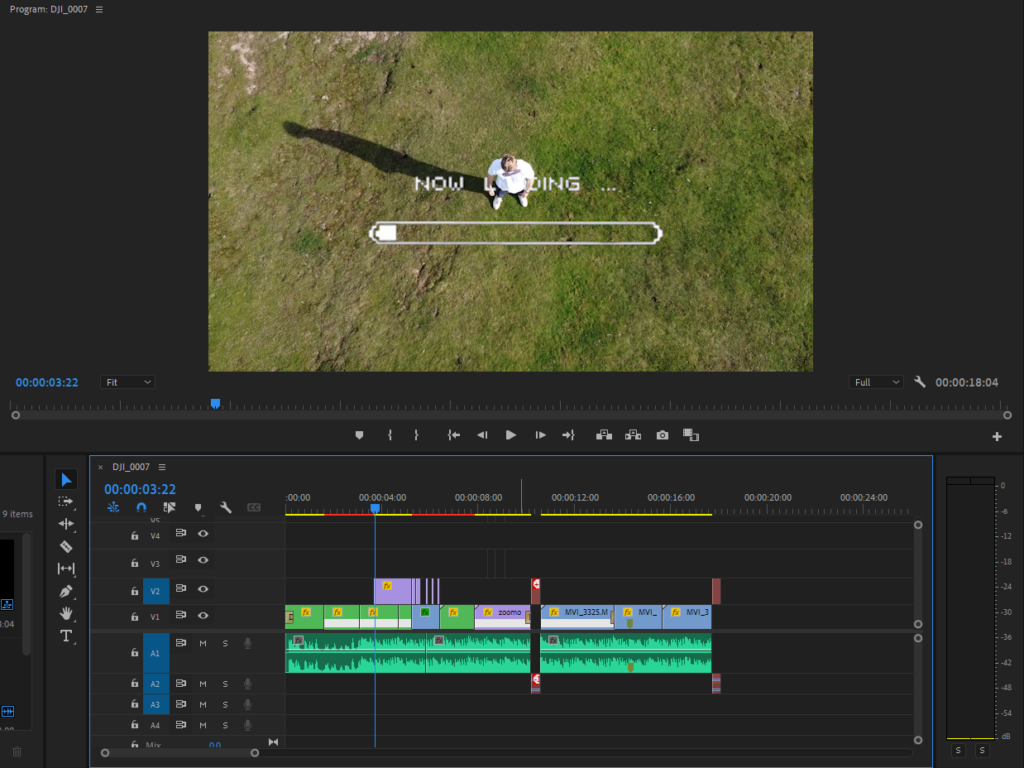
This is one of the special visual effects, which is used at the start of the video. Also, the timeline is zoomed out, so you can see all of the film on the timeline, and all its layers.

This is how the time-remapping was done, as seen on the left. He used key frame to change the speed of the clip at different time intervals.
Final Image and Evaluation
Matthew made the digital image and took a screen grab of one of the drone shots of Michael and took a section of the the video in which Matthew animated a character in different environments. He then mixed the two and made some cool text that give the feeling of old 3d glasses.
He also added a red and blue outline on the left and bottom of the left hand side of the image. He finally embossed and made the text 3d.

The image represents the idea of two lives but further links to the idea of endless amounts of lives that can be achieved on an online platform. It shows what can happen on the meta verse.
Evaluation
Overall, I believe that the digital image is very successful in telling the story of how the meta verse links to real life. It also references the idea of escapism and how people try and escape from real life in many different ways from film, tv, video games and many more.
Final Image development
Using the edited images from our still image shoot, Bethany has created a single piece of embroidery that incorporates all of these photographs. We are using images with different hues here to produce a deconstructed representation of the pride flag.
In order to do this, Bethany first laid oud these images in different formats and orders, seeing which arrangement worked best. After deciding on a layout, she then proceeded to stitch into the images separately creating patterns and designs on each, such as crossing out the negative words in the Bible passages displayed and creating dashed lines on the boarders and down the centre. In addition, Bethany also did this by using the same colour thread as the hue of each image, reinforcing the colours that represent the LGBTQ flag as some of the colours faded slightly as a result of the images being printed on a thicker paper, allowing embroidery without tearing. As well as this, she also used black for the images in their original colour. After this, she then went on to sewing the images onto a piece of a2 sized fabric, that acts as the background to the collage. As well as this she also glued some of the images onto the fabric, so that no further stitching on the image was required and that the photos could overlay. Once all the images were in place Bethany then assured the pieces all laid flat and then framed it in a window mount, so that the slightly frayed edges of the fabric were not visible and so that the image had a sturdy background.

This is our final image for our identity and community project, presenting the two communities of religion and LGBTQ+, combining them by presenting their differences and the way in which their can still be harmony between them despite this.
EMBROIDERY and sequencing
“Photograph is drawing with light, like embroidery is drawing with thread”
Recently, we participated in a workshop ran by an artist, Julia. Within this course, we experimented with different styles of threading and embroidering to add colour, texture, emotion and richness.
To start the workshop, I looked through the book ‘The intentional thread’ by Susan Brandeis which takes u through different techniques and expressions that can be used to demonstrate atmospheres, feelings and even weather. I especially liked the sections where Brandeis showed how to embryoid these techniques, using step by step instructions to show readers how to execute their desired looks.
artist reference : still image
Carol Benitah
Benitah is a French visual creator UN agency worked for 10 years as a dressmaker before turning to photography in 2001, exploring memory, family and therefore the passage of your time. usually pairing recent family photos with skilled worker accents, like embroidery, beads and ink paintings, Benitah seeks to reinterpret her own story as a girl, married woman and mother.
By activity totally different faces and options, the folks photographed are nearly stripped of their identity. I selected to check Benitah as a result of I believe his art best represents the construct I hope to capture during this project.

With beads, coloured thread and scissors, French photographer Carolle Benitah has altered her family photo albums to explore the memories of her childhood, and as a way to help her understand her current identity.
Carolle herself has said:
I started to be interested in my family pictures when I was leafing through a family album and found myself overwhelmed by an emotion of which I could not define the origin.
These photographs were taken 40 years earlier, and I could not even remember the moments they were shot, nor what preceded or followed those moments.
But the photos reawakened an anguish of something both familiar and totally unknown, the kind of disquieting strangeness that Freud spoke about. Those moments, fixed on paper, represented me, spoke about me and my family, told things about my identity, my place in the world, my family history and its secrets, the fears that constructed me, and many other things that contributed to who I am today.
I decided to explore the memories of my childhood to help me understand who I am and to define my current identity.
To begin, I carry out “excavations”. Like an archeologist, I dig out the pictures in which I appear from family albums and the shoe boxes full of photographs. I choose snapshots because they are related to memories and to loss.
These photographs are fragments of my past. I interpret them from a subjective perspective as confessions. I order them, classify them, scan them, then I print them. I don’t do anything directly on the original photo; I transpose this reality on a different paper. Sometimes I crop a detail that calls out to me, and I choose my format. The work of interpretation begins with these steps.
Once these choices of images are made, I start to tell my version of the story. I turn my attention to my own history, sometimes with 40 years of distance and the life experiences that changed my perception of events. The past of a human being, unlike the remains of an antique temple, is neither permanent nor finished, but reconstructed in the present time.
For the next step, I add needlework: embroidery and beads.
Embroidering is primarily a feminine activity. In the past, the embroiderer was seen as a paragon of virtue. Waiting was tied to this activity: women embroidered, hoping for the return of the man to the home. Embroidery is intimately linked to the milieu in which I grew up. Girls in a “good family” used to learn how to sew and embroider — essential activities for “perfect women”. My mother embroidered her trousseau.
There is nothing subversive about this activity, but I pervert it with my purpose.
I use its decorative function to re-interpret my own history and to expose its failings.
The two activities — interpretation and needlework — come together again in a kind of dispute: embroidery is the sign of a good education yet the words that I speak don’t show me to be what I was supposed to be: a well behaved girl, a wise spouse and a loving mother.
With each stitch I make a hole with a needle. Each hole is a putting to death of my demons. It’s like an exorcism. I make holes in paper until I am not hurting any more.
– Carolle Benitah
Benitah’s work is linked to ours as both share the nature of hand-stitching images to tell a story or present an idea through embroidery




